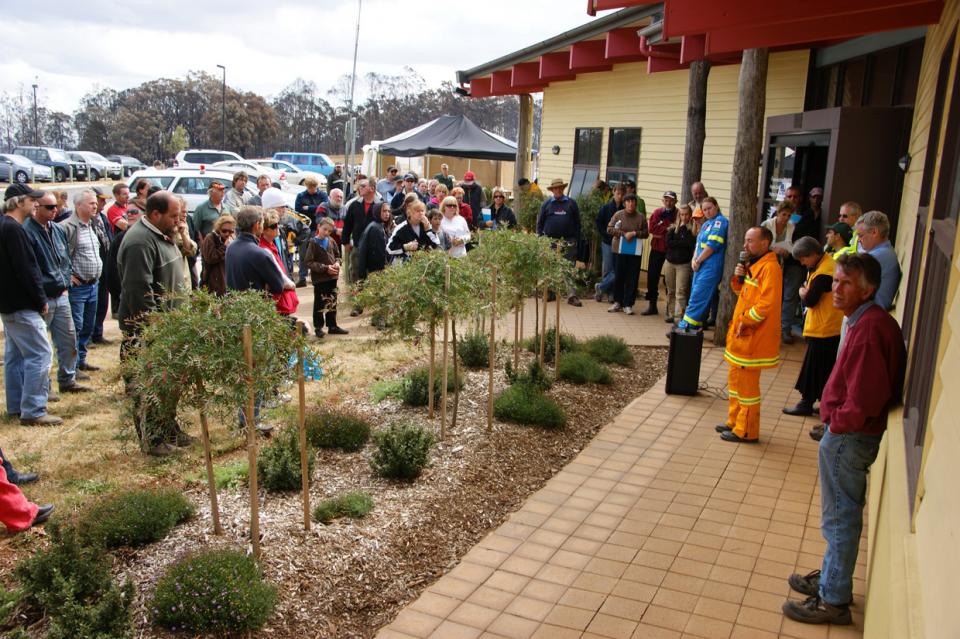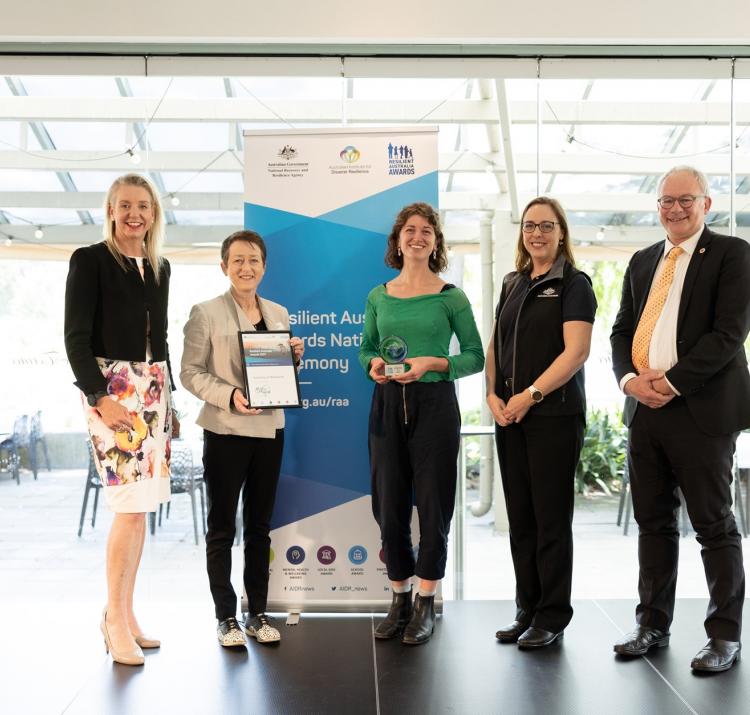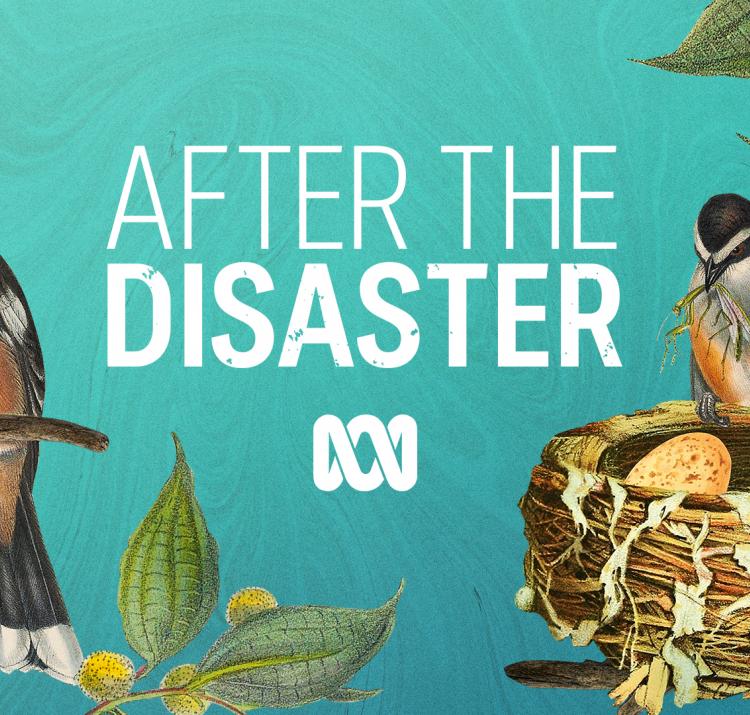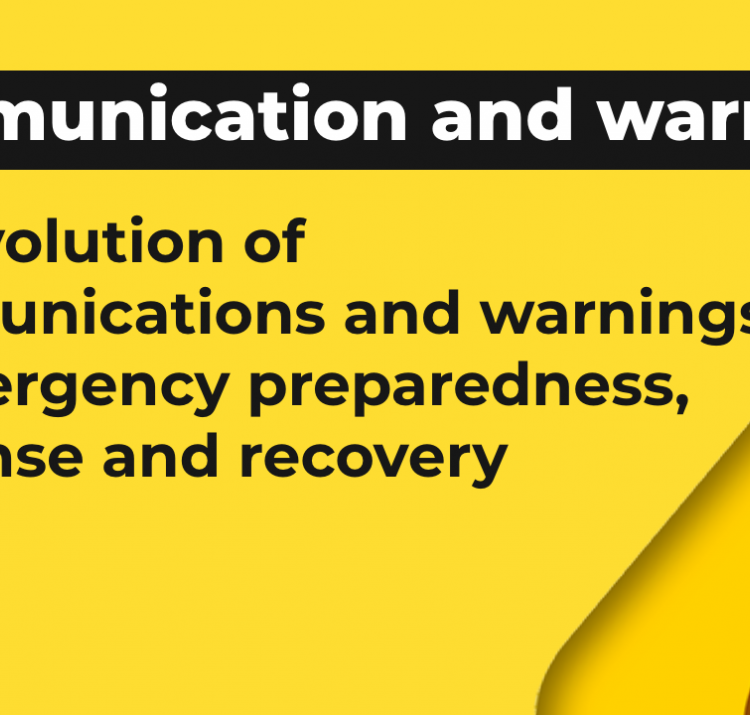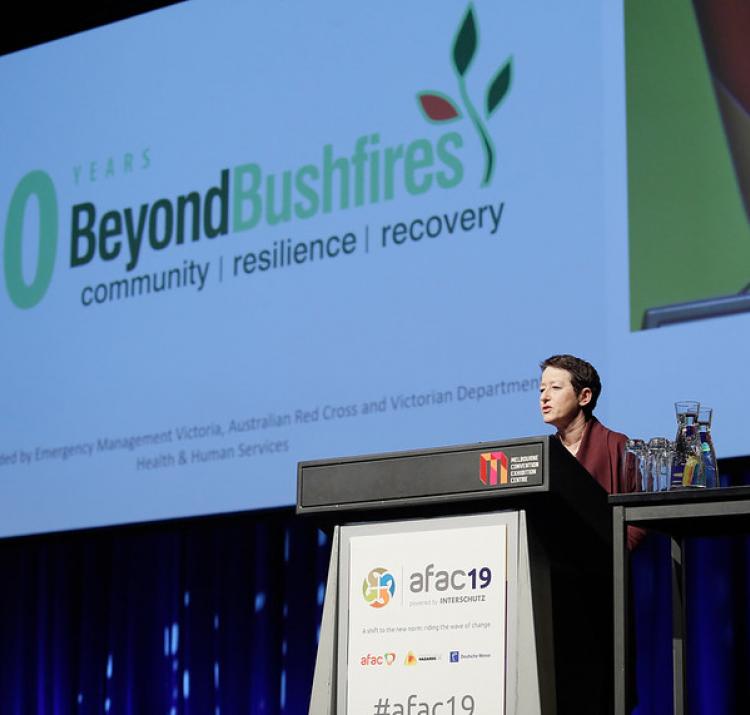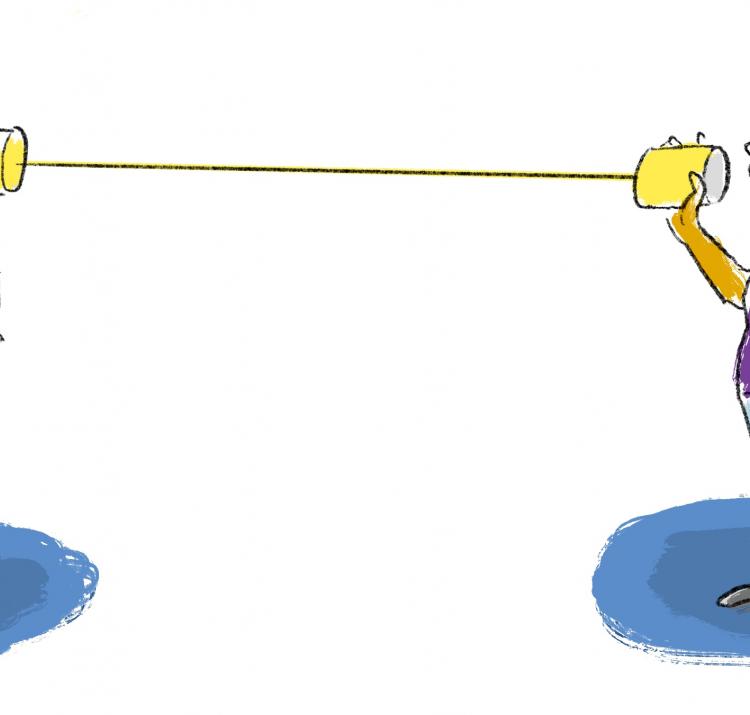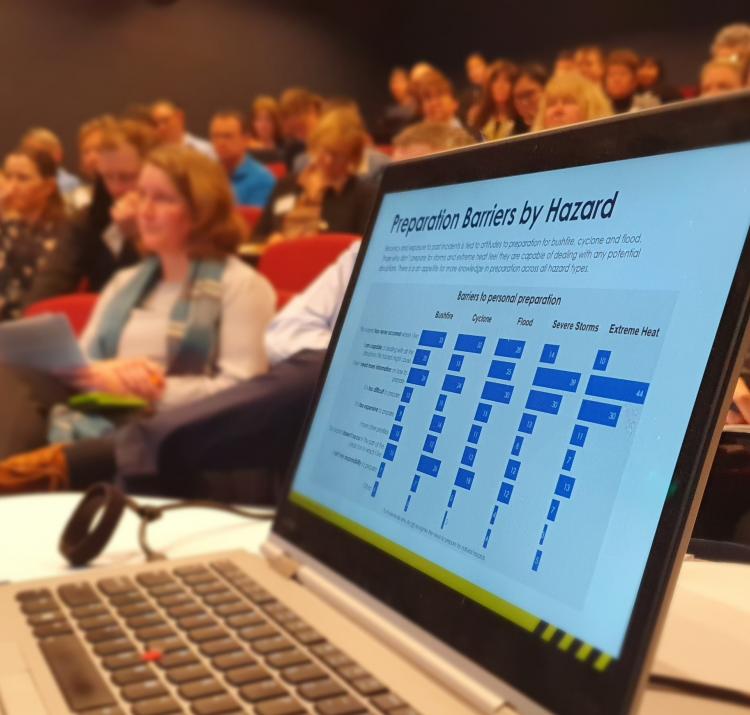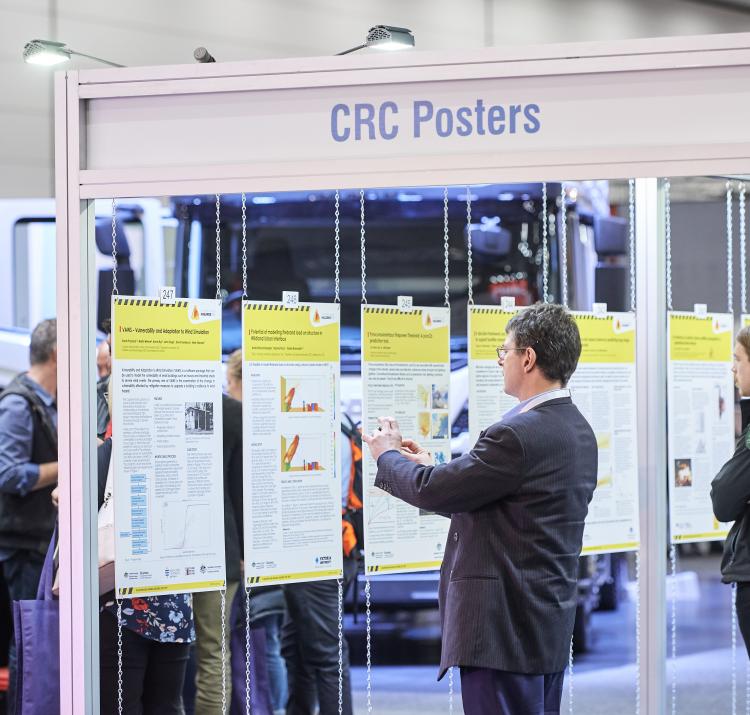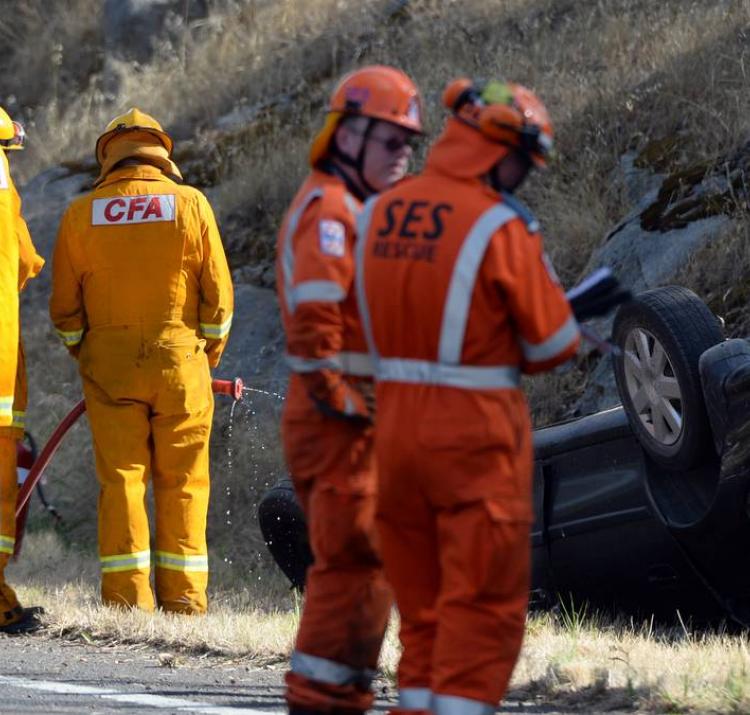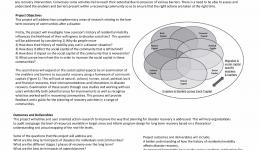Disaster recovery is a complex process, requiring support from a range of people and organisations after an event. For the past decade, the four recovery environments (built, social, economic and natural) have been used to recognise this complexity and frame recovery efforts. However, recovery efforts often remain siloed, with inadequate attention paid to the interconnectedness between environments and the particular nuances across the social environment. There is a need for accessible, engaging and evidence-based resources to provide guidance for how to apply key recovery principles in practice.
The Recovery Capitals (ReCap) project aimed to promote wellbeing after disasters by examining the disaster recovery evidence base and producing a set of resources to help guide recovery efforts. It was a collaboration between the University of Melbourne, Massey University (Aotearoa New Zealand), Australian Red Cross, and other researchers, government and non-government agencies and organisations from across Australia and Aotearoa New Zealand.
The ReCap project began with an examination of the evidence base for recovery risk and protective factors using a Community Capitals Framework (Emery, Fey and Flora, 2006). It focused on how seven forms of capital - natural, built, political, cultural, human, social, financial – can influence wellbeing after disasters, and how they can influence each other. Through discussions between researchers and end-users, this was then adapted to develop the Recovery Capitals Framework (RCF). The RCF highlights the interconnectedness between recovery capitals, multiple dimensions regarding people, place and time and values of diversity and equity.
The ReCap resources serve a range of purposes and are designed to guide disaster recovery efforts across different community contexts. The resources can be used to build capacity rapidly after an event, as well as in pre-event recovery planning to enhance resilience prior to disasters. They can be used in a wide range of disaster contexts, and by the wide range of people engaged in disaster recovery including policy makers, ‘on-the-ground’ staff and volunteers, including those whose core work is unrelated to disasters (e.g., teachers, healthcare workers and community organisations). The ReCap resources have also been tailored to the sociocultural contexts of the two countries, particularly with regard to representing the cultural perspectives and experiences of Indigenous peoples in appropriate ways.
The resources are available via www.recoverycapitals.org.au. Watch an overview of the ReCap research below.
| Year | Type | Citation |
|---|---|---|
| 2022 | Journal Article | Indigenous-informed disaster recovery: Addressing collective trauma using a healing framework. Progress in Disaster Science 16, (2022). |
| 2022 | Journal Article | Recovery Capitals: a collaborative approach to post-disaster guidance. Australian Journal of Emergency Management 37, (2022). |
| 2021 | Report | Recovery Capitals (ReCap): navigating the complexities of disaster recovery - final project report. (Bushfire and Natural Hazards CRC, 2021). |
| 2020 | Report | Recovery Capitals (ReCap): applying a community capitals framework to disaster recovery - annual report 2019/20. (Bushfire and Natural Hazards CRC, 2020). |
| 2020 | Report | Barriers and enablers in the long term recovery of communities affected by natural hazards: a review of the literature. (Bushfire & Natural Hazards CRC, 2020). |
| 2019 | Report | Recovery capitals: applying a community capitals framework to disaster recovery annual report 2018-2019. (Bushfire and Natural Hazards CRC, 2019). |

